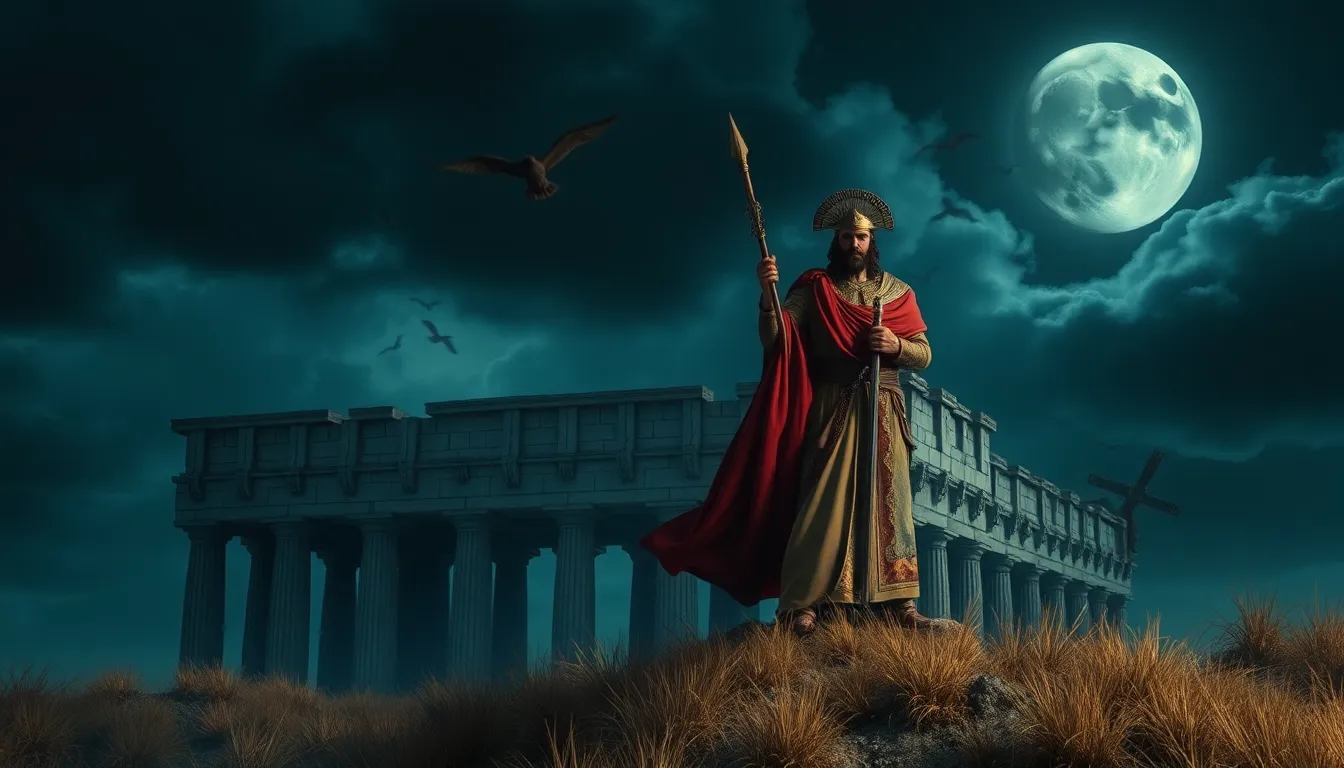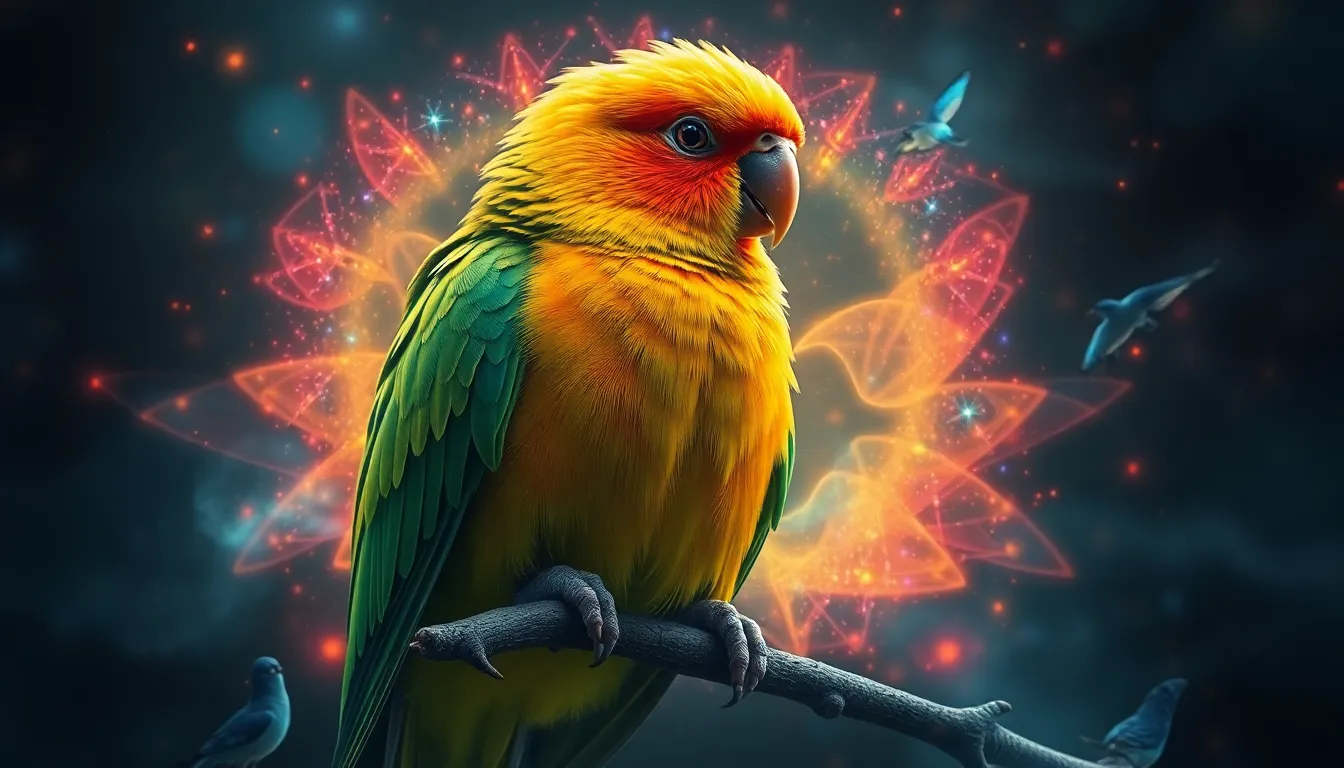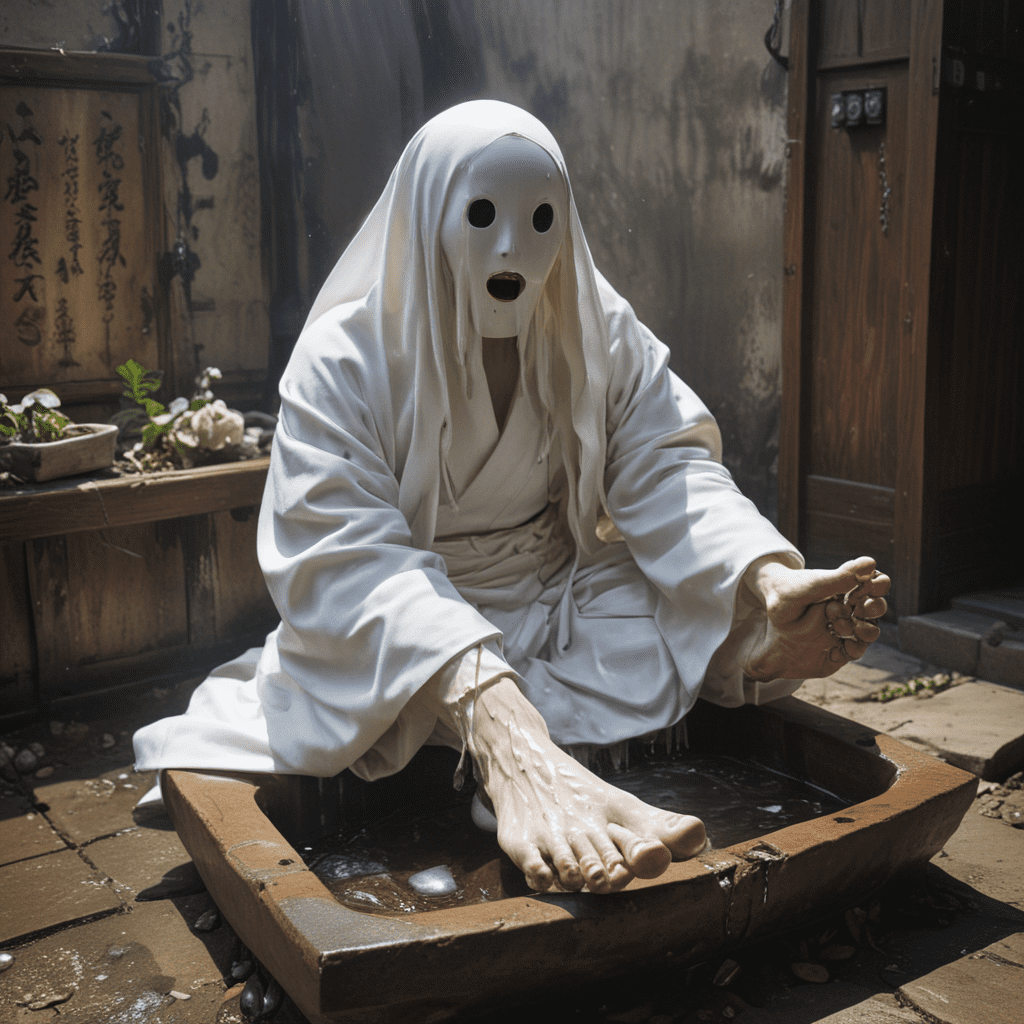Exploring the Thai Underworld: A Journey and Back
The Underworld in Thai Mythology
In Thai mythology, the underworld, known as "Narok" (นรก), is a realm of suffering and punishment for those who have committed evil deeds in their lifetime. It's a stark contrast to the celestial realms inhabited by gods and the blessed. The underworld is a place of intense torment, where individuals face retribution for their misdeeds, serving as a reminder of the importance of ethical conduct and good karma.
The concept of the underworld, though rooted in ancient Thai beliefs, has been significantly influenced by Hinduism and Buddhism, two religions deeply ingrained in Thai culture. This influence is evident in the depiction of the underworld as a realm of judgment, presided over by Yama, the god of death. Yama's role in the underworld aligns with the Buddhist concept of reincarnation, where an individual's actions in their previous life determine their fate in the next.
The underworld is not just a place of suffering and punishment. It also represents a realm of transformation and redemption. Through enduring the trials and tribulations of the underworld, individuals can work towards atonement and the possibility of a better rebirth.
The Journey to the Underworld
The journey to Narok is a perilous one, often depicted as a passage through a dark and treacherous landscape. This path is fraught with dangers, guarded by fearsome creatures and deities. The journey is not restricted to the deceased; sometimes, brave individuals or those seeking knowledge may embark on perilous quests to reach the underworld.
The journey can vary depending on the myth, but some common themes emerge. A traveler to the underworld might encounter ferocious guardians, enigmatic spirits, and challenging obstacles. Crossing rivers of blood, navigating through dense forests, or climbing treacherous mountains are often elements of the journey. The traveler must be courageous, resourceful, and possess a strong will to survive the trials of this perilous path.
The Role of Yama (ยม)
Yama, the god of death in Thai mythology, holds a significant position in the underworld. Also known as "King Yama," he is the ultimate judge, responsible for weighing the souls of the departed and deciding their fate in the afterlife. His judgment is based on the deeds committed during their lifetime, and his court is a place of reckoning.
Yama is often depicted as a stern and intimidating figure, ruling with absolute authority. He is assisted by a council of judges known as "Yama Raja" (ยมราชา), who work under his direction to ensure justice is served.
Yama's presence serves as a reminder that actions have consequences, and that every deed, big or small, will be accounted for in the afterlife. This belief reinforces the importance of moral behavior and ethical conduct in Thai culture.
The Trials and Tribulations of the Journey
The journey through the underworld is filled with trials and tribulations, designed to test the individual's moral strength and resilience. These trials often mirror the sins committed during their lifetime, forcing them to confront their past actions and the consequences of their choices.
A traveler might face the following trials:
- The River of Fire: Crossing a fiery river filled with molten lava, testing their resilience and determination.
- The Forest of Thorns: Navigating through a dense forest tangled with sharp thorns, symbolizing the painful consequences of their actions.
- The Mountain of Despair: Climbing a mountain where despair and hopelessness weigh heavily, representing the burden of their past wrongdoings.
Each trial is a symbolic representation of the individual's journey of self-reflection and atonement. By enduring these trials, they are given an opportunity to confront their past and potentially earn redemption.
Mythological Figures and Creatures
The Thai underworld is populated by a cast of mythical figures and creatures, each with their own unique role and purpose. Some are benevolent, guiding lost souls or assisting in the journey, while others are malevolent, serving as guardians or enforcers of Yama's law.
Here are some prominent figures in the Thai underworld:
- The "Pret" (เปรต): Hungry spirits who are forced to wander the earth, constantly seeking food and unable to satisfy their hunger.
- The "Yak" (ยักษ์): Giant, monstrous creatures that often serve as guardians or protectors of the underworld.
- The "Naga" (นาค): Serpent deities that are associated with water and have a significant role in Thai mythology and folklore. They can be both benevolent and malevolent, depending on the context.
- The "Phra Yum" (พระยม): Another name for Yama, the god of death and ruler of the underworld.
These creatures, often depicted as menacing and supernatural, symbolize the different aspects of the underworld and the various challenges faced by travelers. They are a constant reminder of the dangers and mysteries that lie within the realm of death.
The Significance of the Journey
The journey to the underworld, though fraught with danger and hardship, holds profound significance in Thai mythology. It represents a profound exploration of the human condition, confronting the consequences of one's actions and facing the ultimate judgment. This journey allows individuals to confront their past, both good and bad, and ultimately find a sense of redemption or face the consequences of their choices.
The journey is not only a physical one, but also a spiritual and psychological journey. It highlights the importance of self-reflection, moral accountability, and the enduring power of karma. By enduring the trials and tribulations of the underworld, individuals learn valuable lessons about life, death, and the importance of living a virtuous life.
The underworld serves as a powerful reminder of the interconnectedness of actions and consequences, reinforcing the importance of ethical conduct and good karma, a core belief in Thai culture. The journey to the underworld, therefore, is not just a story; it’s a timeless reflection on human nature, morality, and the cyclical journey of life and death.
The Return from the Underworld
The return from the underworld is often portrayed as a triumph over adversity, a testament to the individual's strength and resilience. However, the return is not always a literal one. Sometimes, the journey to the underworld represents a personal transformation, a spiritual awakening, or a symbolic journey into the depths of the self.
Individuals who manage to return from the underworld often carry profound wisdom and understanding. They have faced their fears, overcome their weaknesses, and learned valuable lessons about the nature of life and death. Having traversed the depths of the underworld and returned, they are often seen as spiritual guides, sharing their insights with those who seek to understand the mysteries of life and the afterlife.
The return from the underworld serves as a metaphor for the human capacity for growth and transformation. It represents the possibility of redemption, the chance to learn from past mistakes, and the potential for a better future. It's a reminder that even in the face of adversity, there is always hope, a testament to the enduring spirit of humanity.
Theories on the Origin of the Underworld Myth
The origin of the underworld myth in Thai culture is deeply intertwined with the influence of Hinduism and Buddhism, two religions that have shaped Thai beliefs and practices for centuries. However, ancient Thai beliefs, pre-dating the influence of these religions, likely contributed to the development of the underworld concept.
Pre-Buddhist Thai beliefs likely included animistic and shamanistic practices, where spirits and nature deities played a significant role in everyday life. These beliefs may have contributed to the idea of a realm beyond the physical world, a place where spirits resided and the dead were judged.
The influence of Hinduism, particularly the concept of Yama, the god of death, and the realm of Yama, significantly shaped the Thai concept of the underworld. Yama's role as judge and the concept of reincarnation were integrated into Thai religious beliefs. Similarly, the influence of Buddhism, with its emphasis on karma, rebirth, and the cycle of suffering, further reinforced the concept of an underworld as a place of consequence and retribution.
While it's impossible to pinpoint the exact origin of the Thai underworld myth, it is likely a combination of indigenous beliefs and external influences, evolving over time to become a significant part of Thai cultural identity.
The Influence of Buddhism and Hinduism
The influence of Buddhism and Hinduism on Thai mythology is deeply ingrained in the concept of the underworld. Both religions have significantly shaped beliefs about the afterlife, the nature of karma, and the cyclical journey of life and death.
Buddhism
The Buddhist concept of karma, which emphasizes the interconnectedness of actions and consequences, plays a crucial role in the understanding of the underworld. In Buddhist belief, one's actions in their previous life determine their fate in their next life. This influence is reflected in the Thai underworld, where individuals face judgment based on their past deeds and are subject to punishments or rewards accordingly.
The Buddhist concept of reincarnation, the cycle of birth, death, and rebirth, further reinforces the idea of the underworld as a place of transition. The underworld is seen as a temporary state, where individuals are judged and their future in the cycle of rebirth is determined.
Hinduism
Hinduism, particularly the concept of Yama, the god of death, plays a significant role in Thai mythology. Yama's role as the judge of the dead and his realm, the underworld, are prominent features in Thai beliefs about the afterlife. The concept of Yama's judgment, his court, and his council of judges are directly influenced by Hindu mythology.
The influence of Hinduism has also contributed to the depiction of the underworld as a realm of punishment and suffering. Hindu mythology portrays hell as a place of intense torment, and this concept has been reflected in Thai mythology, where the underworld is depicted as a place of suffering and retribution.
The Contemporary Relevance of the Underworld Myth
The Thai underworld myth, despite its ancient origins, remains relevant in contemporary Thai society. It continues to provide a framework for understanding the complexities of life, death, and the consequences of one's actions.
The myth serves as a powerful reminder of the importance of ethical conduct and good karma. It encourages individuals to strive for a life of virtue and to avoid actions that might lead to suffering in the afterlife. The underworld myth also offers a sense of hope and redemption, reminding individuals that even in the face of adversity, there is always the possibility for change and transformation.
The underworld myth is not just a story but a potent symbol that continues to influence Thai beliefs, values, and social norms. It serves as a moral compass, reminding individuals of the interconnectedness of their actions and the consequences that follow. In a modern world, where morality and ethics are often challenged, the Thai underworld myth serves as a reminder of the timeless principles that guide human behavior and give meaning to life.
FAQ
What are some common elements of the journey to the underworld in Thai mythology?
Common elements include crossing rivers of blood, navigating through dense forests, climbing treacherous mountains, and encountering ferocious guardians, enigmatic spirits, and challenging obstacles.
What is the role of Yama in Thai mythology?
Yama, the god of death, is the ultimate judge in the underworld. He weighs the souls of the departed and decides their fate in the afterlife, based on their deeds during their lifetime.
What are some of the trials and tribulations that travelers face in the underworld?
These include crossing the River of Fire, navigating the Forest of Thorns, and climbing the Mountain of Despair, each symbolizing a different aspect of the individual's past actions and their consequences.
What are some mythical creatures that inhabit the Thai underworld?
Some prominent figures include the "Pret" (hungry spirits), the "Yak" (giant, monstrous creatures), the "Naga" (serpent deities), and "Phra Yum" (another name for Yama).
How does the journey to the underworld reflect Thai cultural beliefs about morality and ethics?
The journey emphasizes the importance of self-reflection, moral accountability, and the enduring power of karma, reminding individuals that actions have consequences, both in this life and the next.
What is the significance of returning from the underworld?
It represents a triumph over adversity, a testament to the individual's strength, and a journey of self-discovery, often leading to spiritual wisdom and understanding.
How has Buddhism and Hinduism influenced the Thai underworld myth?
These religions have shaped beliefs about the afterlife, the nature of karma, and the cyclical journey of life and death, influencing the concept of Yama, reincarnation, and the underworld as a place of judgment and consequence.
How is the Thai underworld myth relevant in contemporary society?
It continues to offer a framework for understanding the complexities of life, death, and the consequences of one's actions, serving as a reminder of the importance of ethical conduct, good karma, and the possibility of redemption.



